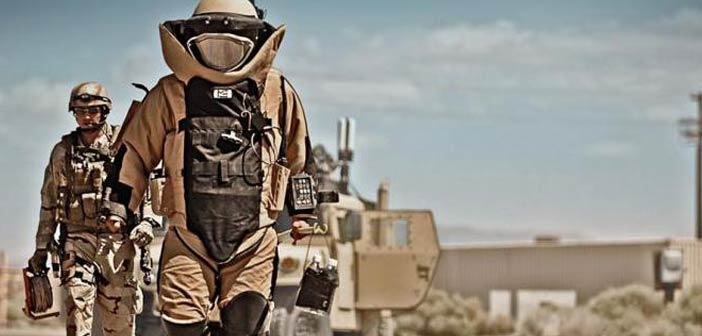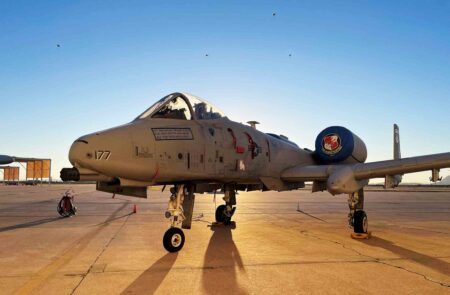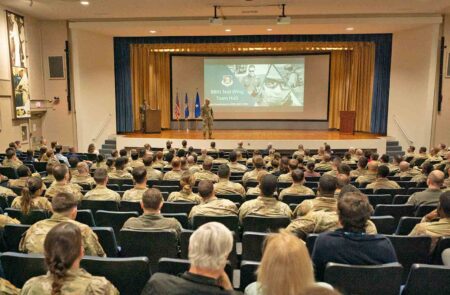Most people see movies that involve a hero, such as a bomb disposal expert, who works against the clock to defuse an explosive device just seconds before it detonates. While the reality is typically not what Hollywood depicts, the pressures and dangers, as well as the lives saved, are in fact part of the daily reality for over 7,000 men and women in the U.S. military. These men and women are Explosive Ordnance Disposal (EOD) technicians and there is a lot that people don’t know about the critical and lifesaving work these quiet professionals do.
EOD stands for Explosive Ordnance Disposal, the disarming and disposal of bombs. EOD technicians are highly-trained military members serving in the Army, Marines, Navy, and Air Force who are responsible for disarming, rendering safe, and disposing of bombs. The EOD profession is the most dangerous occupation in the military. The men and women who do this job, willingly put themselves in harms ways to protect the lives and property of others. Their service includes support to the most complex special operations missions and the most destructive devices.
“Many people are impressed when they learn about the brave work of EOD warriors, yet find it difficult to understand exactly what it is that their job entails,” explains Nicole Motsek, executive director of the EOD Warrior Foundation. “The more people know and understand the dangers and critical importance of an EOD tech’s job, the easier it is to realize how important it is to support them, and all they do for our country.”
EOD warriors willingly walk towards an explosive device, while everyone else runs away. Here are some of the common myths and truths about military EOD technicians:
- Myth – EOD’s job is glamorous. While every job in the military comes with its own set of risks and dangers, EOD technicians up the ante. EOD Warriors deal with the common threats of warfare and also have an increased level of stress when working on an unexploded bomb. Their mission is to protect others, requiring precision and nerves of steel.
- Myth – All EOD technicians are men. While the majority of EOD Warriors are men, there are indeed women serving as combat EOD technicians, in the Army, Marines, Navy, and Air Force.
- Myth – EOD technicians are heavily rewarded for their additional risks. Many people assume that with the risks comes a super-high salary. The truth is that being an EOD tech is a volunteer position. While it comes with a small “danger pay” stipend, EOD technicians are still paid based on the rank and years of service like all other military personnel.
- Myth – EOD techs only defuse bombs. While defusing bombs is the primary mission of EOD personnel, EOD technicians are also proficient in parachuting, diving, and forensic evidence collection.
- Myth – Bomb disposal is about cutting the “red” wire. Movies love to show the intensity against the counting down clock, a bunch of multi-colored wires, and sweat dripping off the end of the nose. The truth is that most bomb disposal is done remotely and cutting wires is absolutely the last resort.
“EOD Warriors are an incredible group of men and women, who sacrifice a great deal for our country,” added Motsek. “Raising awareness about their work is one of the most important things we can do. In current conflicts, bombs known as improvised explosive devices (IEDs) are responsible for the majority of fatalities and severe injuries to our troops. Without EOD warriors, many more would die as a result of these dangerous weapons.”
Since September 11, 2001, the EOD community has sustained serious loss of life and limbs. Since 9/11 and to date, 131 EOD Warriors have lost their lives on the battlefield, approximately 250 EOD Warriors have lost limbs, sight, and suffered traumatic brain injuries, burns, and paralyses. The numbers of invisible injuries are unknown at this point and the suicide rate numbers are quickly approaching the number lost in combat.




